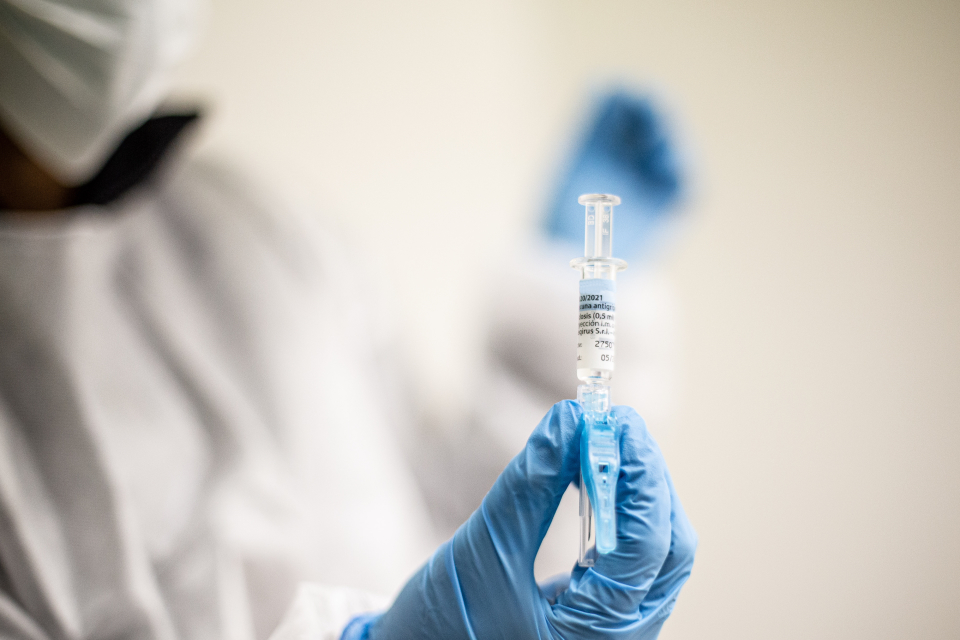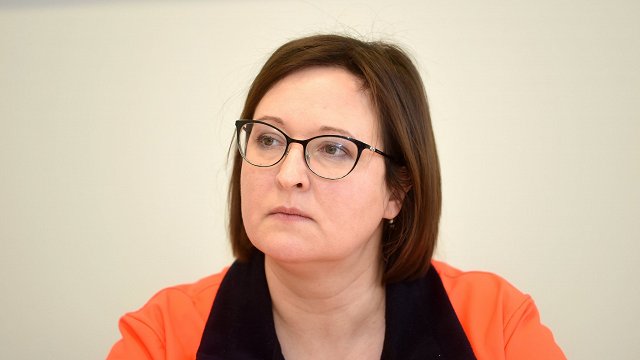European Commission has concluded an agreement with Pfizer and BioNTech on the purchase of 300 million vaccines. The two companies have announced that their jointly developed vaccine against the new coronavirus showed a 90% effectiveness against infection in the third phase of the trials.
Zavadska said that no vaccine against COVID-19 has yet been approved in Europe or the United States. Two candidates have been submitted for accelerated evaluation. Accelerated evaluation is a tool for evaluating medicines during emergency situations, but “no compromise is allowed,” said Zavadska.
She explained that normally, for the registration of a medicinal product, the manufacturer collects all the evidence, collects it and submits it, while currently, due to the pandemic, the results of the third phase studies are presented with some regularity as soon as they are available. As a result, the evaluation process can start more quickly. Safety and efficacy criteria are not loosened.
As regards the possibilities for obtaining the vaccine, Zavadska said: “It will not be so that richer countries get it first. The first doses will be distributed in proportion to the size of the population.
In the near future – the beginning of next year – it could be around 3% of the population who receive the first doses.”
At best, 800,000 people would get doses for vaccination by the end of 2021, Zavadska said.
Each country will identify population groups for which the first vaccines will be available. The Ministry of Health and the National Immunization Advisory Group plan to channel the initial vaccination towards health workers. It is also important to vaccinate older people in order to reduce mortality and the number of patients with severe infection.
“It has to be chosen here whether we think more about those who care for everyone and are able to fight the disease (..) or those who might have the greatest risk of serious illness and death,” explained Zavadska.
She hopes this choice will be a compromise. Moreover, these groups could change as the awareness of the virus is spreading.





























